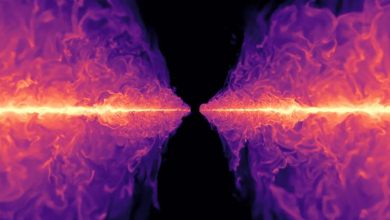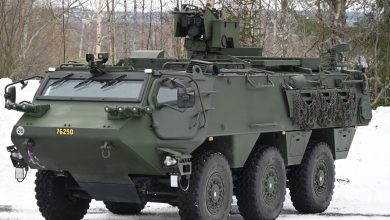Pentagon: US to Expand Training for Ukrainian Forces

The United States will expand its training for Ukrainian forces to focus on larger-scale maneuvers as well as instruction on specific weapons systems, the Pentagon announced
The new effort will “include joint maneuver and combined arms operations training, while building upon the specialized equipment training that we’re already providing,” Pentagon Press Secretary Brigadier General Pat Ryder told journalists.
“This program… will provide training to approximately 500 Ukrainians per month” and is expected to start in Germany next month, Ryder said.
It will progress from training focusing on smaller units up to battalion-level maneuvers and will also include instruction for headquarters staff, he said.
American forces had been providing similar training inside Ukraine, but Russia’s February invasion brought that effort to an end as US troops were withdrawn from the country.
Some 3,100 Ukrainian personnel have already gone through the US-provided equipment training, while other countries have trained around 12,000 of Kyiv’s troops, Ryder said.
“While there’s an understandable focus on the equipment being provided to Ukraine, training is and has been essential to ensuring Ukraine has the skilled forces necessary to better defend themselves,” he added.





